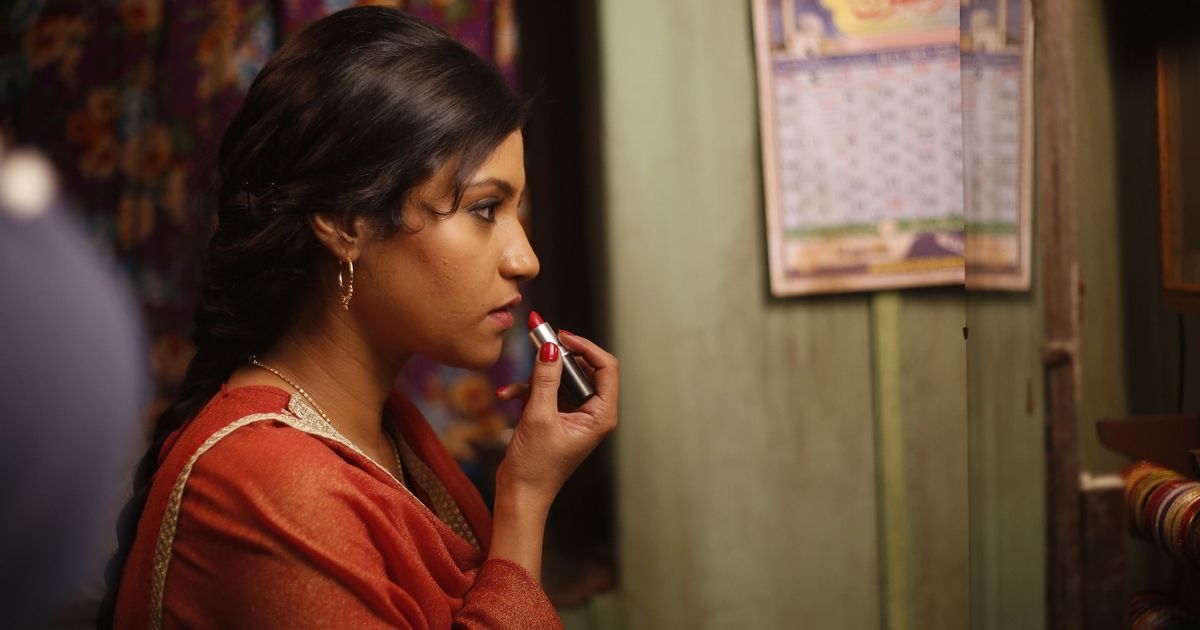Editor’s Note: Criplentine’s Day is a project by Revival Disability Magazine rooted in the belief that all kinds of love should…
Login to Read!
This content is restricted to site members. If you are an existing user, please log in below. Or you can can create an account here.
